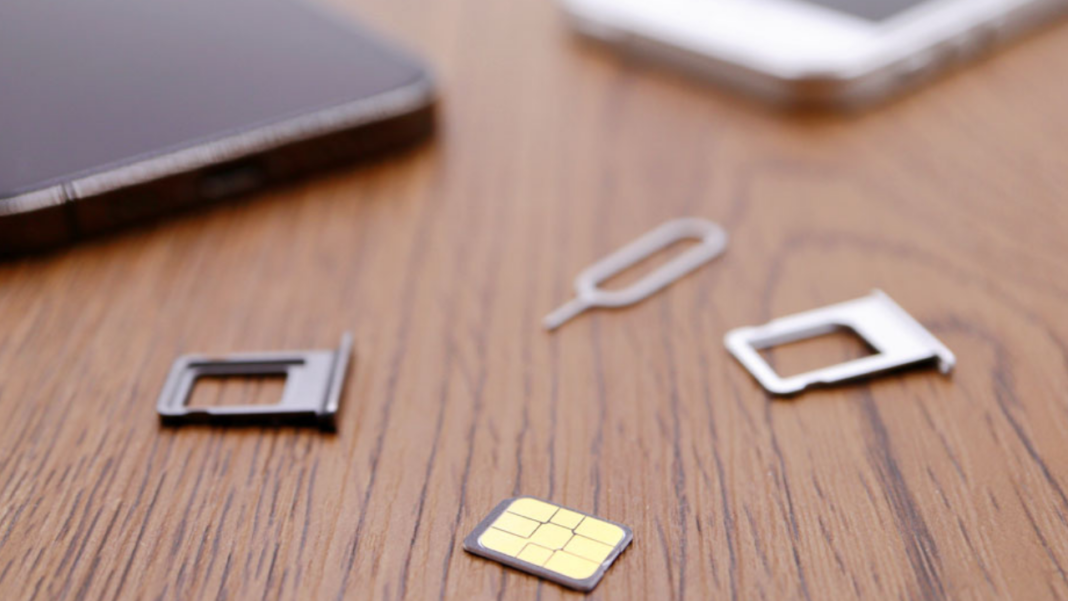A chip in your phone called an eSIM (or embedded SIM) can function like a real SIM card. To join a new cell network, you can download an eSIM profile rather than a new SIM card. It’s all done electronically, so there’s no need to physically swap cards. eSIMs are also known as embedded universal integrated circuit cards, or eUICCs, which is their official technical name. But the chip that grants access to a mobile network is the same thing.
A large number of current smartphone models from manufacturers like Apple, Google, Samsung, and others offer eSIM capability. Other IoT devices and some wearables enable eSIM as well. For eSIM compatibility confirmation, it’s crucial to contact the manufacturer and carrier.
Contacting your mobile carrier is necessary to activate an eSIM. You can either follow their instructions for manually activating your device, or they will provide you with a QR code to scan with your device’s camera. To activate an eSIM India, you must have signed up for a mobile plan with the carrier.
How Do I Configure My Device For eSIM?
Following your purchase, we’ll email a QR code to you. The QR code can be opened on your computer or printed. Don’t configure your eSIM too soon. Each data plan for eSIMs has a set number of days tied to it. Start the plan slowly so that it will endure the duration of your trip. We advise setting up the data plan the day before your trip.
The QR code may be scanned on your smartphone by going to Settings > Mobile Data > Add Data Plan. You could give this data plan a name on your phone. When you get to your location, the Bytesim data plan will start working. As soon as you land, activate the Bytesim data plan and turn on data roaming on your cell phone. The Bytesim data plan and the original plan from your provider will both be available to you at this time.
Basic Working Of eSIM
The sole difference between an eSIM and a standard SIM card is that the former is permanently integrated into your phone. So, for example, if you’re looking for an iPhone 11 eSIM plan, you don’t physically need to when switching to a new network, replace SIM cards. traveling abroad. Instead, you download an eSIM profile by using an app or scanning a QR code.
Once you’ve selected your prepaid eSIM plan, you can simply select your destination and start using your pay-as-you-go eSIM to avoid hefty roaming data fees while on vacation or while conducting business abroad. Because you do not need to go to a store to buy a new SIM card or wait for one to be sent through the mail. You can join a new network quickly and from any location.
Operating eSIM For Travel
When traveling, the ability to switch to a different network instantly can be quite helpful. If you use your phone outside of your home country, you might find that your home country’s network charges astronomical data roaming fees. However, by switching to an eSIM profile with a pre-paid eSIM plan, you can avoid these fees.
You can easily switch back to using your standard SIM when you get home. Other situations, like when your phone is in a place where your primary network is unavailable, can make using an eSIM to connect to a different network advantageous.
If so, you could switch to your eSIM profile to check if there is a signal on that network. The ability to utilize one for business and the other for personal calls without switching phones by just switching profiles is another benefit of having both a SIM and an eSIM.
Conclusion
eSIM technology is now available in India. It offers users a practical and adaptable replacement for conventional physical SIM cards. You can activate and change cell providers with eSIMs without having to deal with physical cards. A large number of devices, like smartphones, smartwatches, and LTE devices, can use eSIM.








